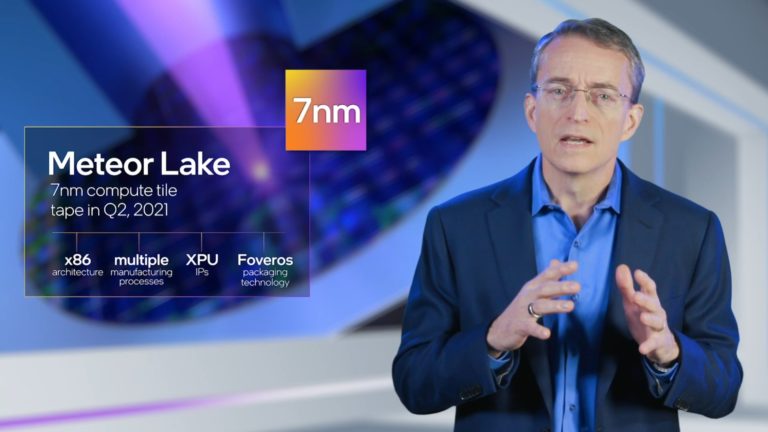A despropósito:
https://twitter.com/KOMACHI_ENSAKA/status/1340526846530621442From HPE Cray Shasta Slide.
2020 : AMD Milan + Nvidia Volta Next : Perlmutter.
2021 : AMD Trento + AMD MI200 : Frontier.
2022 : Intel Sapphire Rapids + Intel Ponte Vecchio : Aurora.
2023 : AMD Genoa + AMD Next-Gen : El Capitan.




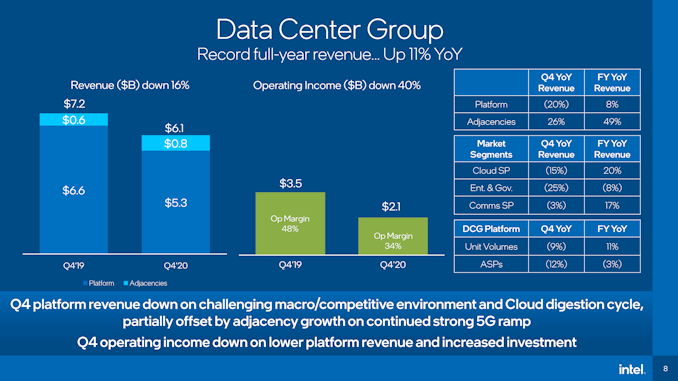
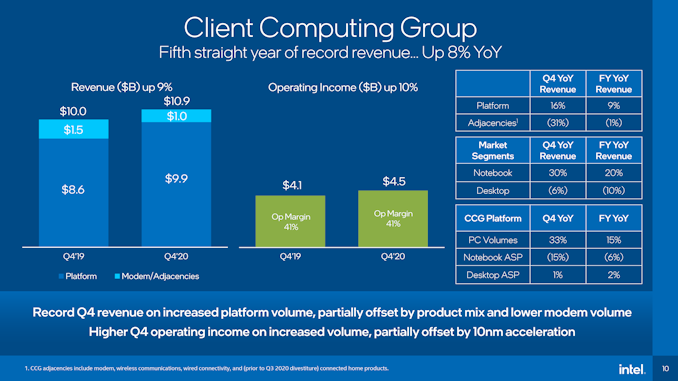




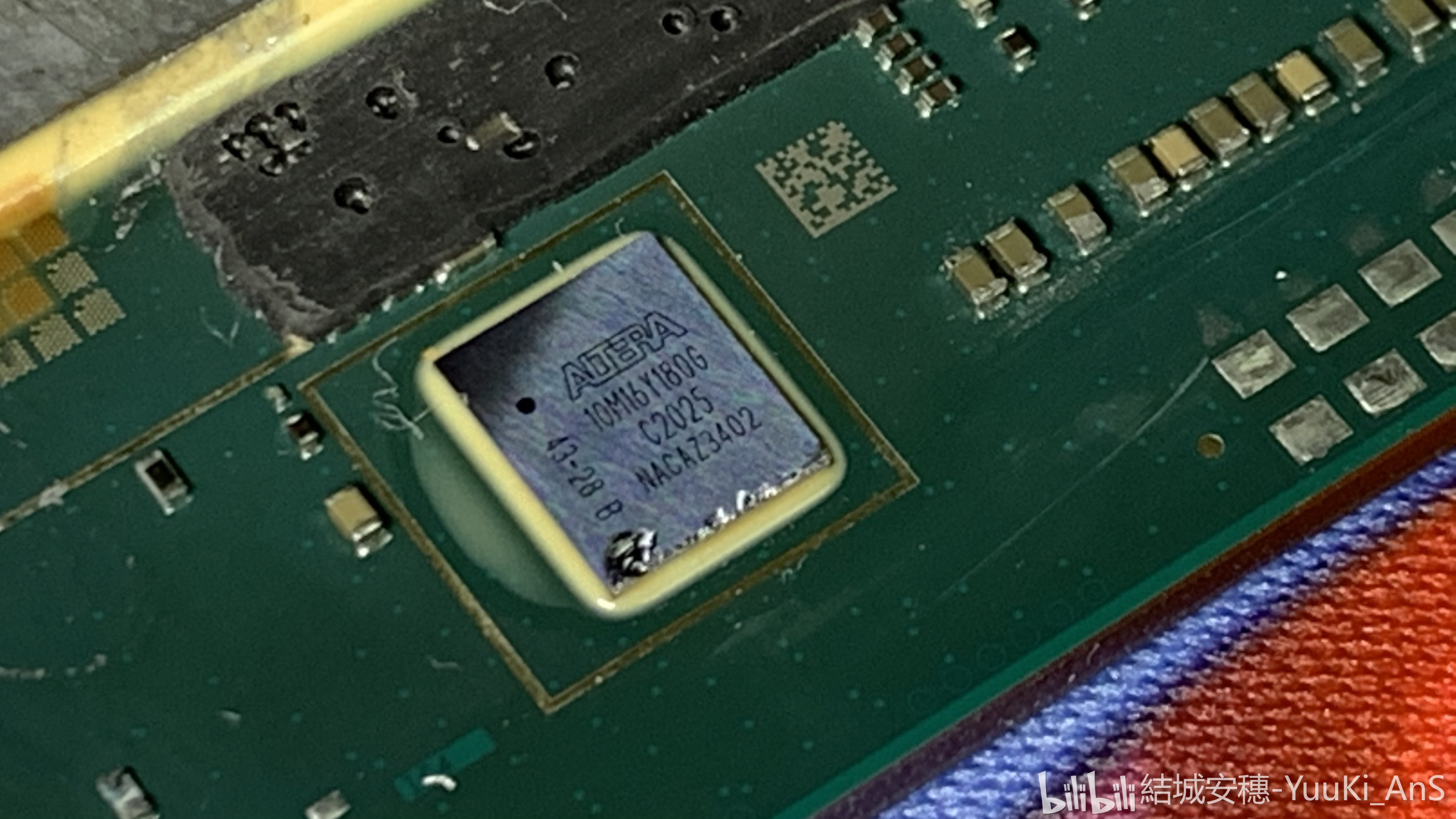


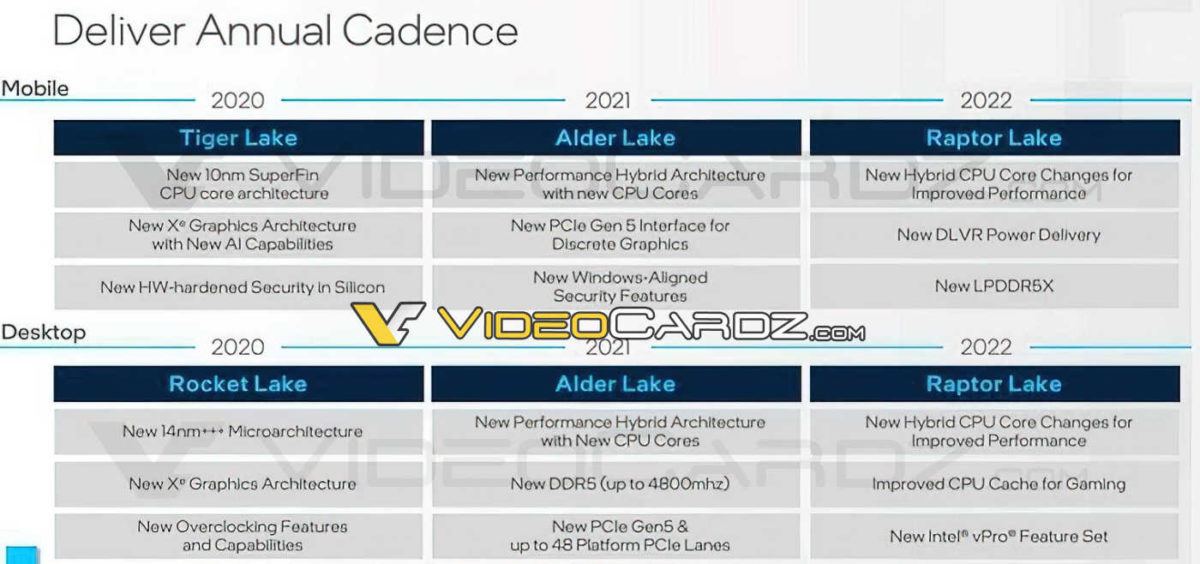



 Eu escrevi Comet em vez de Meteor
Eu escrevi Comet em vez de Meteor 


